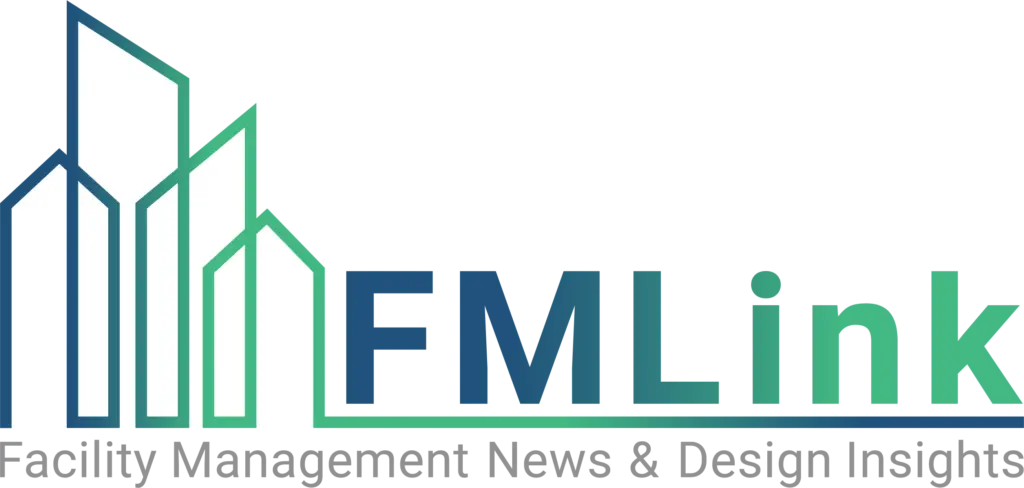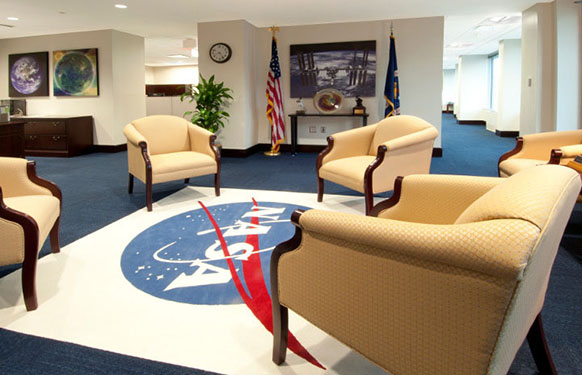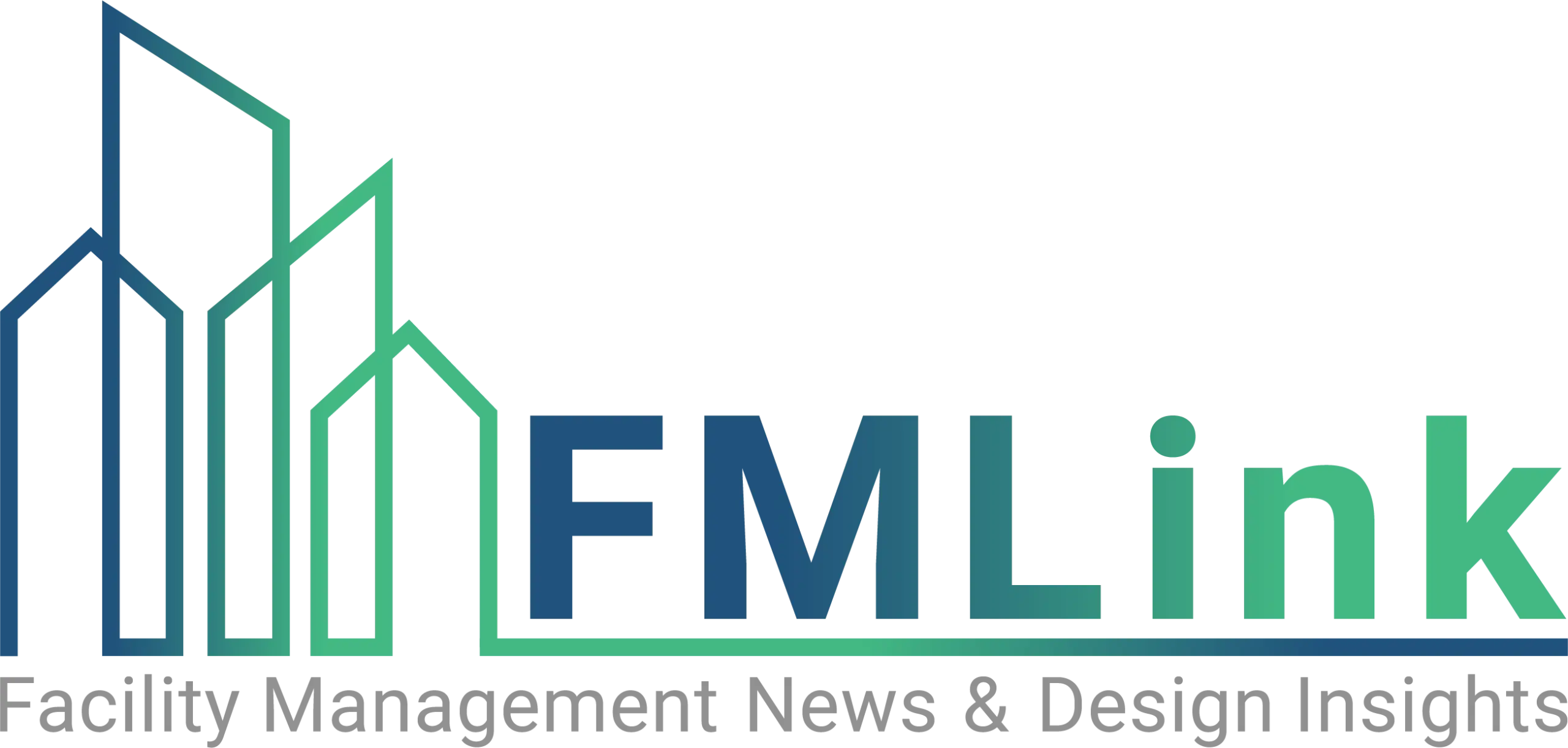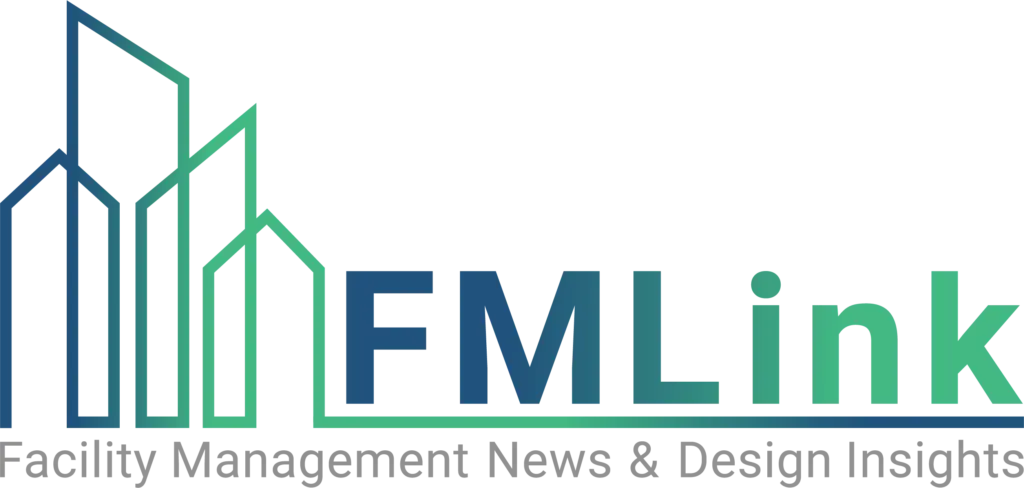Not so much contretemps as de rigueur
Hearst Tower Sets New Standard for High-Rise Sustainability
- ‘A statement about the rebirth of New York’ Trophy buildings are passe. Occupancy trends and surveys in recent years show as much. Yet, companies like the privately-held media giant Hearst Corporation are fast proving that the exception to the ‘lean portfolio’ is the green high-rise.
Hearst, along with other major employers like Adobe Systems, Bank of America and even the federal government’s GSA, is demonstrating that large buildings ingrained with sustainability aren’t so much contretemps as they are de rigueur. The Hearst Tower at 300 West 57th Street in New York City is a prime example.
The bottom-line advantages for companies and organizations, as well as the benefits to employees, communities, suppliers and other stakeholders, are highlighting a new direction: Owneroccupied or single-tenant corporate headquarters towers can still be viable in the age of the sale-leaseback and the downsizing of real estate holdings . . . if sustainability is built in.
Beyond Green to Revitalization
Sustainability isn’t limited to environmental or conservation benefits, either. As Hearst Vice President of Corporate Real Estate Brian G. Schwagerl, MCR, implies through his work, it extends across the supply chain and life cycle of the structure, and can add vitality to an enterprise and its stakeholders.
The company’s artful, new 46-story high rise — built under Schwagerl’s watchful eye — opened last October on Manhattan’s West Side to rave reviews. “The storied New York City skyline gets a surge of exhilaration with the first worthy addition of the century,” reported Time magazine of the edifice’s jewel-like appearance. It’s the product of a decade’s-plus labor of love for Schwagerl.
The end result encompasses multiple facets of sustainability including location, design, materials, construction, energy use, workplace configuration and practices, building operation, branding, culture, and — most of all — the involvement and influence of key supply chain players.
“They all brought information to bring a break-through high-rise to Manhattan,” in the post 9/11 era, says Schwagerl, underscoring the crucial role played by the developer, architect, broker, contractor and other service providers working in partnership with Hearst to realize an important precedent, the Big Apple’s first-ever Gold-LEED certified skyscraper.
CoreNet Global as a Resource
In shaping the vision and master plan for the tower, Schwagerl leveraged what he sees as one of the corporate real estate (CRE) industry’s most effective channels for knowledge and information exchange: the CoreNet Global membership network. It’s a reflection of the industry’s demand side and the global supply or value chain serving it. In fact, the result embodies an ideal example of what CoreNet Global’s CoRE 2010 research calls the “virtuous circle of sustainability,” or the effective leveraging of supply chain players in a proactive way.
“This project couldn’t have been the success it’s become without CoreNet Global,” insists Schwagerl, a past CRE of the Year for NACORE, one of CoreNet Global’s predecessor organizations.
Schwagerl sought advice from other CoreNet Global members and tapped the experience and views of some of the industry’s leading practitioners in doing so. Well before ground was broken in New York, his visit with Toyota Motor Sales USA Inc.’s Sanford Smith at the automaker’s green Torrance, Calif., plant and office made Schwagerl realize, “If they can do it in L.A. why not LEED in New York City?” Why not indeed? Smith, Toyota’s Corporate Manager of Real Estate & Facilities in the U.S. and the dual 2005 winner of the CoreNet Global Innovator’s and Sustainable Leadership Awards, inspired Schwagerl to push the envelope and commit to becoming the first major company to go LEED in New York.
The supply chain pieces began to fall into place. Turner Construction would provide the bridge linking the California-inspired vision to New York. The contractor worked with Toyota to help complete its Torrance expansions. Hearst and Schwagerl would later select the same builder for the New York project not only because of Turner’s related LEED experience, but also because of the contractor’s team approach. “Good listeners,” is how Schwagerl characterizes Turner’s key attribute for the tower project. “A key success factor,” in the project’s success is how Turner Construction CEO Peter Davoren terms the collaboration.
Schwagerl also credits Gensler VP and Managing Principal Joseph Brancato for helping forge an inviting, productive workplace environment. Its open footprint is the kind that is built to nurture employees and productivity alike. “Joe was there way before everybody else,” Schwagerl, an attorney by training, recounts. “He exemplifies the CoreNet Global way. He made me understand it was achievable before it was even proposed, showed me other success stories, helped me benchmark an office of the future.”
Deserving recognition goes to the building’s development manager, Tishman Speyer Properties, Schwagerl adds. Like Gensler, Tishman Speyer has experience to lend in the planning and execution of LEED-certified high rise buildings. The developer has related projects in New York and San Francisco, as well as in India and South America. “We’re seeing corporate occupiers around the world demand more sustainable development, and we believe that being a leader in that effort is the right thing to do,” comments Tishman Speyer CEO Jerry Speyer. “In conjunction with the Hearst vision, we saw an opportunity to lead the market in green development.”
Schwagerl also singles out Cushman & Wakefield as a trusted partner. Like Turner and Gensler, C&W provided important pre-construction proof that the tower was a good idea. The firm analyzed Hearst’s New York portfolio to see how much it would cost to retrofit its leased space versus leasing somewhere else or building. With metro-area rents rising by at least 6% to more than $100 per square foot as of April 2007, C&W Executive Director Lou D’Avanzo thinks Hearst made the right decision.
“It proved to be an extremely savvy financial move,” D’Avanzo says of what Schwagerl calls the project’s “real estate equation.” It was a double-plus net result. “It would’ve been extraordinarily expensive to renew the leases. The timing was good. They also ended up creating more value for themselves. They would have bought less (quality space) than what they were building.”
Getting on the Same Page
Get to know your service providers and embrace them as advisors, Schwagerl believes. “I had the luxury of others sharing what worked and didn’t work well for them,” he recalls about using other CoreNet Global members as sounding boards, and then enlisting some later as project partners. “It’s all in the way you approach project management, by bringing out the best in the people who are working with you. CoreNet Global provides this kind of environment.”
He adds that leveraging the membership network gave him “the ability to track the veracity of information.” The power to compare notes among member contacts and the companies that succeeded in delivering new highrise buildings in other cities globally served as a sort of “truth indicator” for Schwagerl. “Years of industry interaction in CoreNet Global” allowed him to judge who could actually do the job versus just selling it, and who could “do things the Hearst way.”
Schwagerl characterizes his mode of strategic alliance building as “alignment of similar, like-minded people,” also stressing the importance of how service providers need to gain a full understanding of the corporate culture of their clients. It’s a mindset that his partners appreciate.
“You need a great client to do great projects,” notes Gensler’s Brancato, whose firm conducted a pre-project workplace transformation assessment for Schwagerl — before the design and build phases.
Davoren echoes Gensler’s point. “Turner does 1,700 projects a year and the best projects are the ones with smart owners, investors, developers, architects, engineers” and others in the supply chain. “One of the most difficult areas is the spirit of cooperation and partnership – getting a mutual understanding of that is a key success factor.” More than half talk a good game but end up in adversarial positions instead of working together. “A lot of those projects don’t go well,” Davoren confides.
There are exceptions, however, as the Hearst scenario demonstrates. “You really need that visionary client to break through it,” adds C&W’s D’Avanzo.
Benchmarking the Workplace Transformation
Employees who formed the project teams from Turner, Gensler, Cushman & Wakefield and the New York Energy & Research Development Authority (Schwagerl also stresses the involvement of state and local economic development partners) also immersed themselves in the client culture. “It was like they were building to suit, as if they were Hearst employees,” as Davoren explains it.
Understanding the company culture meant grasping the idea of looking back and ahead in time. The Hearst Tower blends the old with the new by taking the vision of fabled founder William Randolph Hearst’s New York “Media Mile” on 8th Avenue and adding a modern high rise to the company’s existing historic low rise, the landmark International Magazine Building completed in 1928 at the same location. “It reflects on 100 years of Hearst and invites you to look ahead to the promise of the future,” Schwagerl explains.
Gensler helped Schwagerl benchmark against Hearst’s neighbors along the Media Mile: The New York Times, Bloomberg and Time Warner, which are also part of the city’s green building renaissance. They studied Conde Naste, too. Then they looked outside the publishing industry to see what Lehman Brothers and Goldman Sachs had done with their headquarters projects in Manhattan “to understand the costs, successes and failures, and how to build on them for Hearst.” Schwagerl’s search also included a tour of Genzyme’s Boston headquarters and other buildings in cities around the U.S. like Toyota.
The idea of a Hearst Tower is a long-running vision that spanned across the company history. But the idea came full circle in 1997 when the board again began to re-examine its options, according to a company timeline. Schwagerl, who had influenced the early dialogue, then drafted a business plan for Hearst in 1999 that would incorporate “the office of the future (through) a significant corporate headquarters in Manhattan.” He later linked the early due diligence of each partner’s benchmarking to a solid business case, showing that to truly realize the benefits of the triple bottom line, profitability was an essential component. The board approved plans to proceed with the tower in October, 2001, a short time after 9/11. It turned out to be a classic corporate real estate leadership opportunity. “Brian was the nucleus of the Hearst team. The people at Hearst (starting at the C-Suite level) took Brian’s lead,” Davoren remarks.
The new building represents a consolidation of 2,000 Hearst New York employees from 12 locations. This was the basis for the business case. Multiple leases coming to term in 2006 and 2007 in New York implied “it made sense to spend money on our own space,” Schwagerl recounts. “Bringing everyone under one roof” where real estate could create new space standards, offer integrated shared services, generate cost savings plus introduce a fitness center, cafe and other amenities made for “good reten tion and attraction” of employees. It made good business sense overall. Layered on top of the business case once he got approval to build the tower was Schwagerl’s commitment to sitting in on virtually every contract and deal negotiated to deliver the finished product, as he puts it, “to make others understand the importance of the project and wanting to get it right the first time.” It also allowed him to “navigate through people’s qualifications” to get the job done.
Aesthetic Results with the Promise of ROI
The Hearst Tower’s diagrid structure makes it look gem-like when it’s lighted at night. That’s because its lead architect Lord Norman Foster endowed it with dramatic use of light and space. Its exterior and interior have inspired New Yorkers, many of whom agree it’s the city’s first landmark of the 21st Century, as well as an important statement of life and hope following the attacks of September 11, 2001.
As the company’s literature relates, “The soaring three-story atrium – filled with the sound of cascading water – creates a sense of calm on a grand scale. The exterior honeycomb of steel keeps the interior work areas uncluttered by pillars and walls, thus creating superb views of the city from vantages on the work floor. At night, with its radically angled panes of glass, Hearst Tower looks like a faceted jewel.”
Hearst, a $5-billion privately-owned company with multiple newspaper and related media holdings such as Good Housekeeping magazine, is bound to realize an appreciable return on investment from the tower, now the crown jewel of its one-million-square-foot metro New York portfolio.
The ROI starts with a 20% savings on steel as a result of the glass design, along with energy savings that will come with more natural light and efficient design. There’s an equivalent 20% energy savings as a result – which the company likens to taking 215 cars off the road. It’s projected to use 30% less energy when compared to similar buildings constructed to standard code.
Some of the tower’s other ROI drivers will be:
- 90% of the structural steel contains recycled materials
- The diagrid structure uses only 12,000 tons of steel – 20% less than conventionally framed buildings of the same scale
- 80% of original materials from reconstruction of the existing building were recycled into the new building
- The roof collects rainwater, reducing the amount of water dumped into the city’s sewer system during rainfall by 25%
- Light sensors inside control the amount of artificial light on each floor
- The creation of a flexible workplace with space standards to control costs but openness to allow for collaboration and churn
- Enhanced access to public transit, adding elevators and stairways to the adjacent subway station and setting a new urban LEED standard including reduced carbon emissions.
Business Case Becomes a Statement on Hearst
An integrated approach from design and construction through to the operation and maintenance of the tower will help Hearst pay back the premium invested in making the tower a sustainable structure. So too will its change management initiative promoting new workplace behaviors within “a more functional floor plate,” as Gensler’s Bob Seitz describes the internal environment. Gensler incorporated change management with the more open, flexible workplace design through functional alignment “by finding common practices” among editors, writers, designers, sales and other parts of the typical magazine work setting.
The benchmarking showed that most other media companies had “a hodgepodge of (space) standards based on hierarchy and retrofits,” according to Brancato. Hearst then worked with Gensler to introduce space standards but to also build in openness and flexibility to respond to fast changes like new publication or product launches.
So a key aspect of the tower’s sustainability is the human interaction with the newly designed work spaces. The change management included moving 2,000 associates from multiple metro-area locations into the tower. It was like running as many grand openings, Schwagerl says.
Operating the building is akin to “running a little city,” he adds. The building is entirely wireless, enabling the constant ebb and flow of internal editorial and business staffs as production cycles, projects and products are undertaken. Add the regular influx of outside freelancers, and the mobility that’s needed to collaborate across business lines. Then there’s infrastructure, building systems, utilities, deliveries, waste management, maintenance, security and other operational areas.
That’s why the facilities management staff reports to Schwagerl, who also hired a Director of Operations, Lou Nowikas, to oversee building operations and management. It’s a self-described “lean and mean” internal team, Schwagerl shares, again affirming the strategic partnerships that augment a large degree of support for real estate and the workplace from the outside. As Director of Operations, Nowikas – who serves on the CoreNet Global New York Chapter Board and oversees its Emerging Leaders initiative – formerly directed special projects during construction like the cafe, fitness center and other amenities not offered previously in the company facilities mix.
Nowikas sees a huge improvement in employee satisfaction and performance, starting with the building’s “connection to the outside environment” due to ultra-clean air and plentiful natural light within the tower, along with healthier food choices, wellness programs and change management to help employees transition into the open work environment. “We wondered: are they going to be happy? They’re thrilled,” he reports.
Looking back over years of visioning, dialogue, benchmarking and planning, Schwagerl sees the odyssey as a defining career experience for him. It started as a business case. It ended up, as he describes it, “a statement about Hearst and the rebirth of New York.”
Davoren of Turner recalls a never-before-heard expression of “I wish we could do it all over again” that came from a senior executive in Hearst when the ribbon had been cut.
Schwagerl reflects again for a moment on the mega-project’s recent conclusion knowing he’s got plenty of support to run the building. It’s not so much a trophy he wants to hold. He pauses and confides: “The difficult part is that you can let go. But when you create a baby like this, you don’t necessarily want to let go.”
Post script: It turns out Brian G. Schwagerl does have a trophy to hold. The Hearst Tower is a winner of the 2007 CoreNet Global – AIA – IIDA Sustainable Leadership Award for Design and Development.




